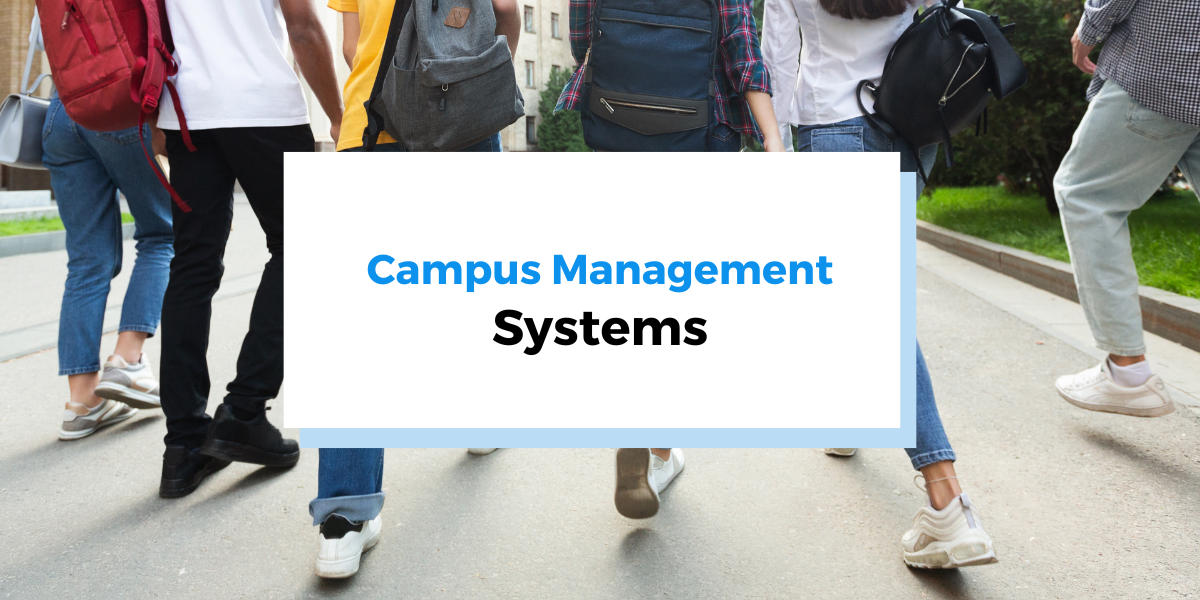We thought it would be helpful to compile a list of the top 5 most common application mistakes companies make with their online registration system. We don’t want to bash anyone but it’s always helpful to know what techniques and methods don’t work so you can avoid making the same mistakes with your registration process.
Let’s get started, shall we?
1. Don’t ask people to mail in an application, or anything for that matter.
In case you didn’t get the memo, we’ve entered the second decade of the 21st century. Snail mail is a thing of the past and online registration software is the only way to go. Paper applications that require, gasp, a pen to complete, is just not an option anymore. And neither is asking applicants to mail in checks or print out completed forms from a PDF you emailed them or that they downloaded.
But, you cry, we need some of our documents signed by our applicants and/or their parents! Again, it’s 2012 and e-signing is now a legally binding method of getting the signature and authorization you need. Having the capability to sign documents online without a pen, paper and stamp is the way of the future. It saves time, eliminates waiting for the mailman and is hassle-free. It’s worth it to build this ability into the application process. If you need applicants to sign multiple documents, arrange the forms in a way that allows them to sign once. You get the signatures you need, they spend 5 seconds giving it to you. Easy peasy! And if your lawyer says we’re wrong, get a second opinion.
We will talk more about payments in a future post, but even handwritten checks and balancing checkbooks are a thing of the past. Electronic bank transfers, credit cards and e-Checks are all safe and secure methods to transfer money online. Not to mention if there are mix-ups on payments, refunds needed, etc having everything online makes dealing with problems that much easier. You also can use your online registration software to set up a full email payment system, including payment reminder emails, payment follow up emails and payment acknowledgement emails so everyone stays in the loop on what they’ve paid and what they owe.
2. Less is always more.
We’ve already talked about how less is more when it comes to creating your application. But it bears repeating. Let’s face it – people don’t read instructions. For the minority that do, they probably get through the first sentence and then zone out and figure they can handle it from there. Don’t get caught up in the mistake of having a confusing, redundant and long-winded registration process.
Ask only what you need to and no more! Don’t ask questions that you might, sort of, maybe need the answer to. This just adds unnecessary length to your application and wears out your applicant. Personalized, succinct and straightforward applications are the way to go.
Clear and detailed instructions also limit the amount of emails and calls you receive because of the confusion YOU created. Cut down on this wasted communication and limit your instructions to only what is essential. Most people have filled out applications before, so most will understand what is expected of them.
Using technology to make instructions a thing of the past is also helpful. By this we mean having an application that is individualized and intelligent. A online registration system that knows what questions to ask depending on the applicant and their needs (programmers call it ‘conditional logic’). This will help cut down on the need for instructions and help make the process of completing the application for the user, easier and much more straightforward.
3. Don’t send your applicants away from your site for payment.
What would you do if you were at a store, found something you wanted to buy, waited in line and when you finally reached the cash register were told to go across the street to pay. Then you’re told that when you’re done doing that, come back here and we’ll give you a receipt. But the receipt might not be ready for a few days due to processing time and we can’t give you what you bought until we have the receipt ready. Cool?
Um, not cool! An integrated payment system is a must have for an online registration software. Payments must be an integrated part of your online registration software, no ifs, ands or buts about it! Even if you use a third party payment solution company, if they aren’t offering you a way to integrate the payment process within your application then find another company. And stat. Once an applicant is in the groove of filling out your application they don’t want to be sidetracked by a new site, a new set of rules, a new design, nothing! They want to finish and be done, otherwise they might never finish (which means no pay day for you)!
Plus with an integrated system, you can make things even easier by auto-filling the name, email and billing address for the user based on previous answers already provided from within the application. You will be able to control the look and feel of the payment page to match it with your application. And you can ensure the applicant both understands what they are paying for and that their payments are correct. When payments are integrated the system knows already which products the applicant is receiving, knows the correct cost of each product and presents it clearly to the applicant so they understand what they owe and why.
And most importantly, keeping payments within your application increases the trust and security the applicant will feel both with you and with giving their payment information online. Being redirected to a new site to pay money, meaning entering your credit card and other personal details to a company you aren’t familiar with, doesn’t always feel safe. By keeping everything in one place, your applicants will feel confident that everything is safe and secure.
4. Don’t not communicate (and don’t use double negatives either!)
Don’t you hate it when you send something to someone and you never hear a word from them? No “Thank you” or “Hey Bob, got your message!”, zilch, nada, nothin’, zero. It’s frustrating. Imagine you actually need a response or an answer of some sort, not just confirmation that something was received. You’re left in the dark and wondering each day if something went wrong or you did something to mess it up.
Your applicants feel the same way. Receiving an email that such and such was received, that the application is now complete or a reminder that a form or payment is missing gives you results (when you need something from the applicant) and makes the applicant feel that they are on track and doing what they need in order to complete the process. Your communication with them says a lot about your company, so you don’t want bad communication to be what your applicants remember most about you. Obviously balance is always key. You don’t want to send a daily email bombarding your applicants with what you’ve received and what you still need. But people like to feel in the loop not in the center of the circle. So keep them in it in a balanced way! Check out this awesomely free eBook chock full of info and tips on effectively communicating with applicants.
You can employ other tools to help applicants feel like they are on the right track. A progress bar within the application showing them the percentage of the application they’ve completed or have yet to complete goes a long way in making a person feel like they are making progress and getting somewhere. Certain big milestones throughout the application can trigger emails confirming its completion, for instance when a payment is made and received successfully. A good dashboard within your online application is always helpful. Use check marks next to sections, forms and payments to visually show the applicant what they’ve completed and what they still need to check off their to-do list. The application itself can also provide confirmation in real time. When a user makes a payment, have a big green message noting that information was received and uploaded to your database so the applicant can feel confident everything is in order and no mistakes were made. Conversely, having red error messages pop up when there is an incomplete question also guides the applicant to problems he needs to resolve.
These tools allow you to passively guide your applicants along and help them to feel you’re with them every step of the way, even though you’re not. It also saves you time in actively helping applicants through a process they could probably figure out themselves.
5. Your registration process is a part of your brand.
Too many people make the mistake of not branding themselves effectively. Your website graphics should match your business cards and your business cards should match your Facebook page and your Facebook page should match your registration process. Using a generic template as the design for your registration process only does you a disservice. Your “style” should come through even on your online application. It grounds your applicants and gives them a familiar and comfortable starting point.
All of your applicants first experience with you will probably be your website. It’s important when they transition to your online registration software that the transition is a fluid continuation of that space. This makes you look good and encourages trust between you and your applicants. Even if you’re using a third party registration system, continuity is key. And if your online registration system doesn’t allow for this kind of continuity, get a second opinion!
If you’re applicants feel they are being redirected to a third party site, they might feel uncomfortable, insecure and less inclined to give you their information. If there is no distinction to the naked eye between your website and the application, applicants will unknowingly trust the process since they associate the entire process with you, your brand and your style.
Creating consistency in your products and your brand isn’t a new idea, but something that is forgotten often. Making sure your clients recognize your brand not only makes them feel secure but continues building on the trust and security they feel working with you and ultimately paying for and attending the programs you provide.

















